
As anyone who lives in a crowded city will know, pollution on our streets is at critical level. But have you ever stopped to consider what the pollution levels might be like inside your house?
Indoor pollution is something that we’ve become increasingly worried about over the past few years and, with more and more of us working from home for the near foreseeable, it’s kinda something that needs addressing. Like, yesterday.
According to the World Health Organisation, up to 4.3 million people die a year from diseases related to indoor pollution. True, a lot of indoor pollution around the world can be attributed to those who cook inside on indoor fires, and use solid fuels (like coal) to heat their homes but also, indoor pollution can stem from cleaning products, air fresheners and things like faulty boilers. In fact, in the UK alone, 40,000 people are estimated to die each year due to indoor pollution, according to a report from the Royal College of Physicians.
So what to do? You could get an air purifier. Although these can be expensive. Another tip is to fill your home with plants. In 1989, NASA found that the leaves, roots, soil and microorganisms of plants can also help reduce indoor pollution. They recommend having one plant per every 100 square feet of house.
But which ones work best? Click through to find out.
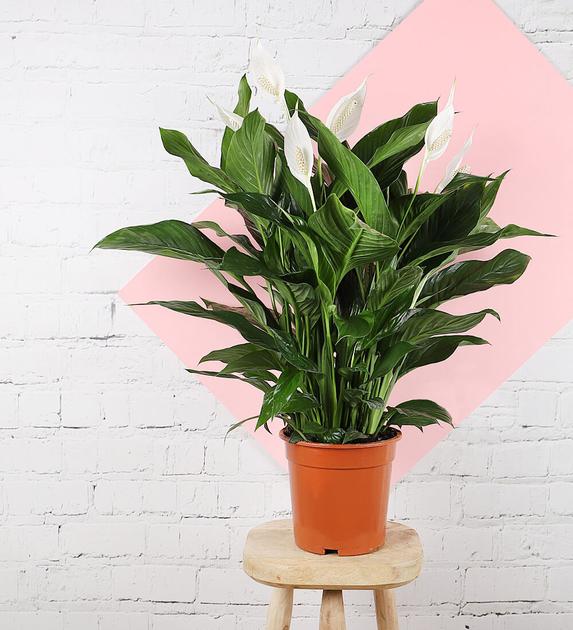
This beautiful plant is one of only two plants to get to work on all the common household chemicals NASA tested: benzene, formaldehyde, trichloroethylene, ammonia, toluene and xylene. The other plant is chrysanthemums but we’re betting they’re more to your nan’s taste than yours.
Peace lilies are elegant and sophisticated, though, and thankfully, don’t need much upkeep. They like low light, moistness (great for damp city flats) and pretty much just sit there looking pretty.
Careful though, they are not good for your cat or dog.
Beards & Daisies Peace Lily, $, available at Beards & Daisies
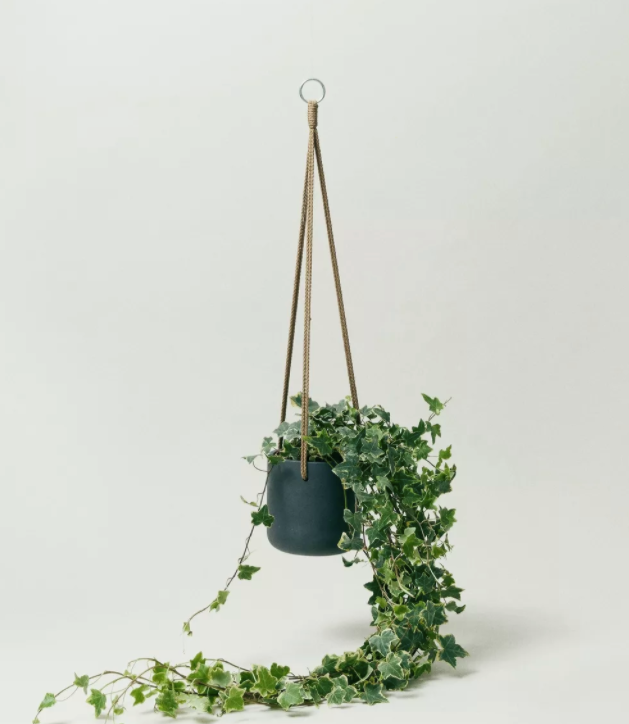
Another one that isn’t good for your pet, but English ivy is, however, good for purifying the air inside your flat.
A study from the American College of Allergy, Asthma & Immunology found that ivy could work as a way to lessen the harmful effects of mould on the respiratory system.
The Stem English Ivy, $, available at The Stem
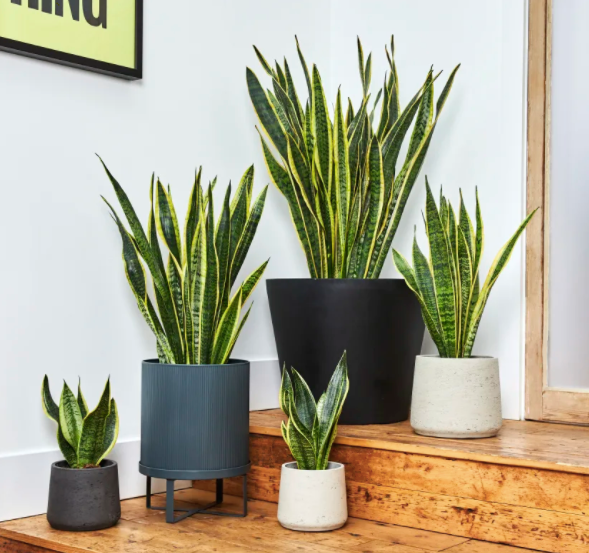
Known to some as “mother-in-law’s tongue” (who knows why), the snake plant makes a fine addition to any greenery collection.
It is recommended that you place this plant in your bedroom to help you breathe at night, according to environmental activist Kamal Meattle, whose much-watched TED talk explains how he “grew” his own fresh air in polluted New Delhi.
Patch Snake Plant, $, available at Patch
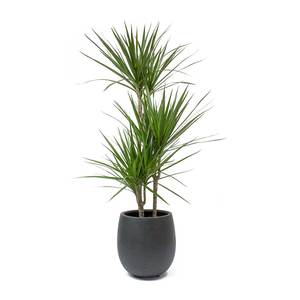
One of the easiest plants to keep alive in the entire world. There’s a reason they sell them in bulk at IKEA.
These plants are also the most effective at removing acetone (think nail varnish remover) from the air.
Hortology Dracaena marginata Red Edged, $, available at Hortology
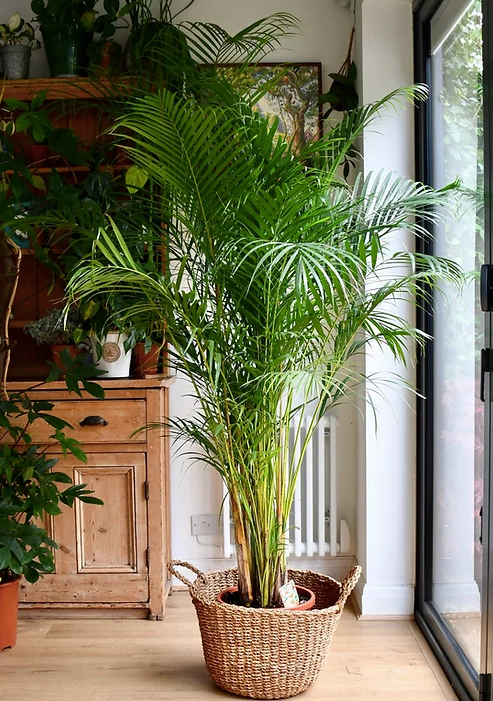
If cared for correctly, these guys can grow up to six feet tall and don’t need loads of light to flourish.
It’s good for cleaning benzene and formaldehyde out of the air and for pumping moisture into dryer rooms.
Bamboo Palm – Green Interiors
Happy Houseplants Dypsis Lutescen – Areca Palm, $, available at Happy Houseplants
Like what you see? How about some more R29 goodness, right here?
The Best Plants For Intermediate Growers